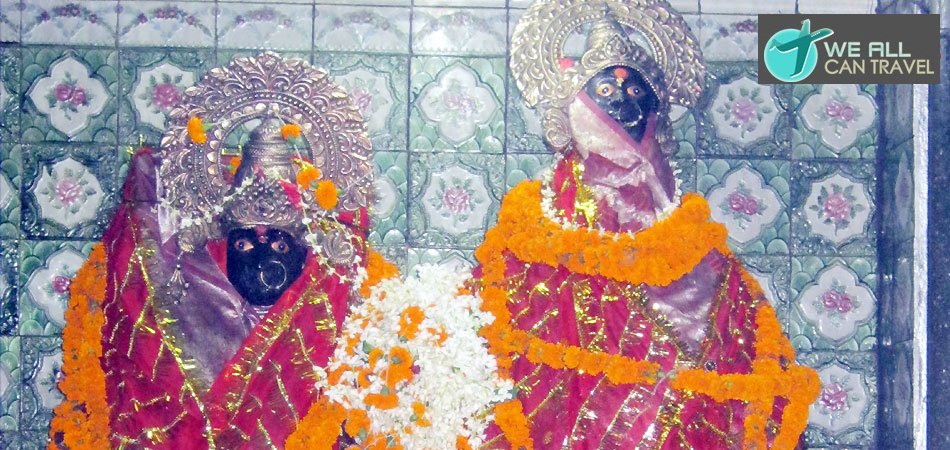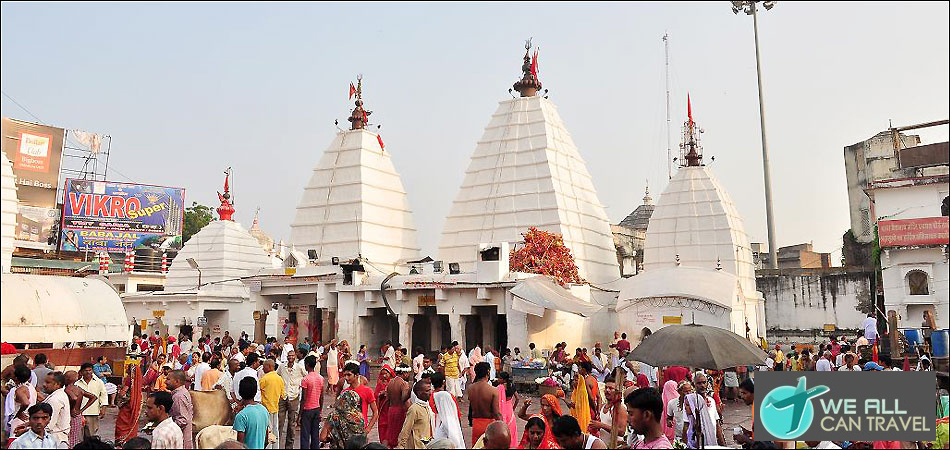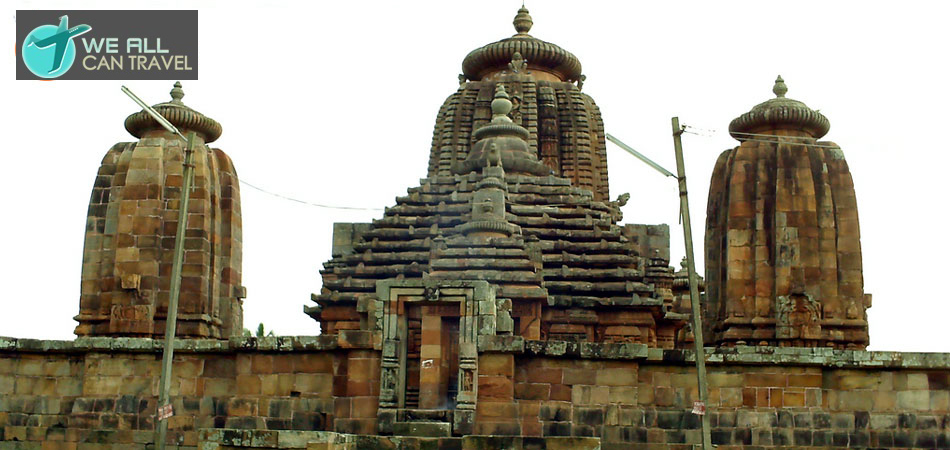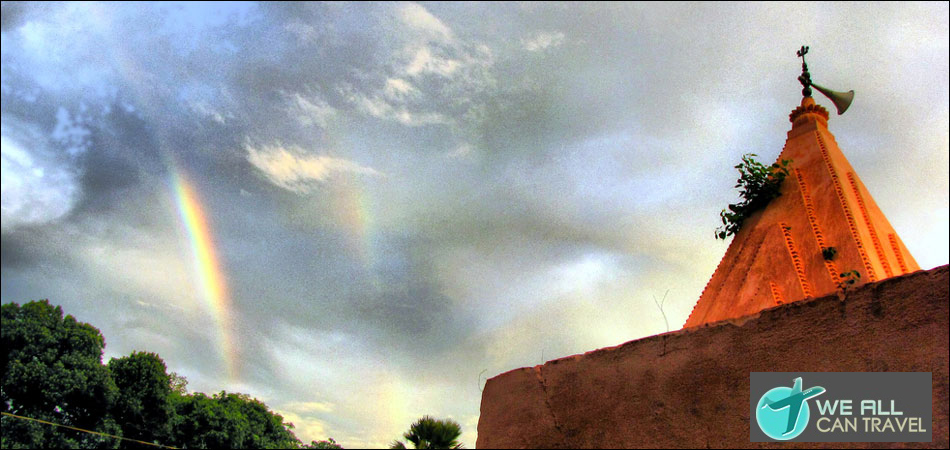History Of Kalight
The Kalighat temple in its present form is only about 200 years old, although it has been referred to in Mansar Bhasan composed in the 15th century, and in Kavi Kankan Chandi of the 17th century. Only two types of coins of Chandragupta II, who incorporated Vanga in the Gupta Empire, are known from Bengal. His Archer type coins, which became the most popular type of coinage with the Gupta rulers after Kumaragupta I, have been found in Kalighat. This is evidence of the antiquity of the place.
The original temple was a small hut. A small temple was constructed by King Manasingha in the early Sixteenth century. The present temple was erected under the patronage of the Sabarna Roy Chowdhury family of Banisha. It was completed in 1809. The Haldar family claims to be the original owners of the temple property. But this was disputed by the Chowdhrys of Banisha. In the nineteen sixties a committee was formed for the administrative management of the temple with representation from the Government and the Haldar family. The responsibility of conducting the worship rests with the Haldars and their heirs, generally known as shebaits. The image of Kali The image of Kali in this temple is unique. It does not follow the pattern of other Kali images in Bengal. The present idol of touchstone was created by two saints - Brahmananda Giri and Atmaram Giri. Three huge eyes, long protruding tongue made of gold and four hands. Two of these hands holding a sword and a severed head. The Sword signifies Divine Knowledge and the Human Head signifies human Ego which much be slain by Divine Knowledge in order to attain Moksha. The other two hands are in the abhaya and varada mudras or blessings, which means her initiated devotees (or anyone worshiping her with a true heart) will be saved as she will guide them here and in the hereafter.
 >> Aranya Devi Temple
>> Aranya Devi Temple >> Baidyanath Temple
>> Baidyanath Temple >> Bari Patan Devi Temple
>> Bari Patan Devi Temple >> Bramheswara Temple
>> Bramheswara Temple >> Hariharnath Temple
>> Hariharnath Temple